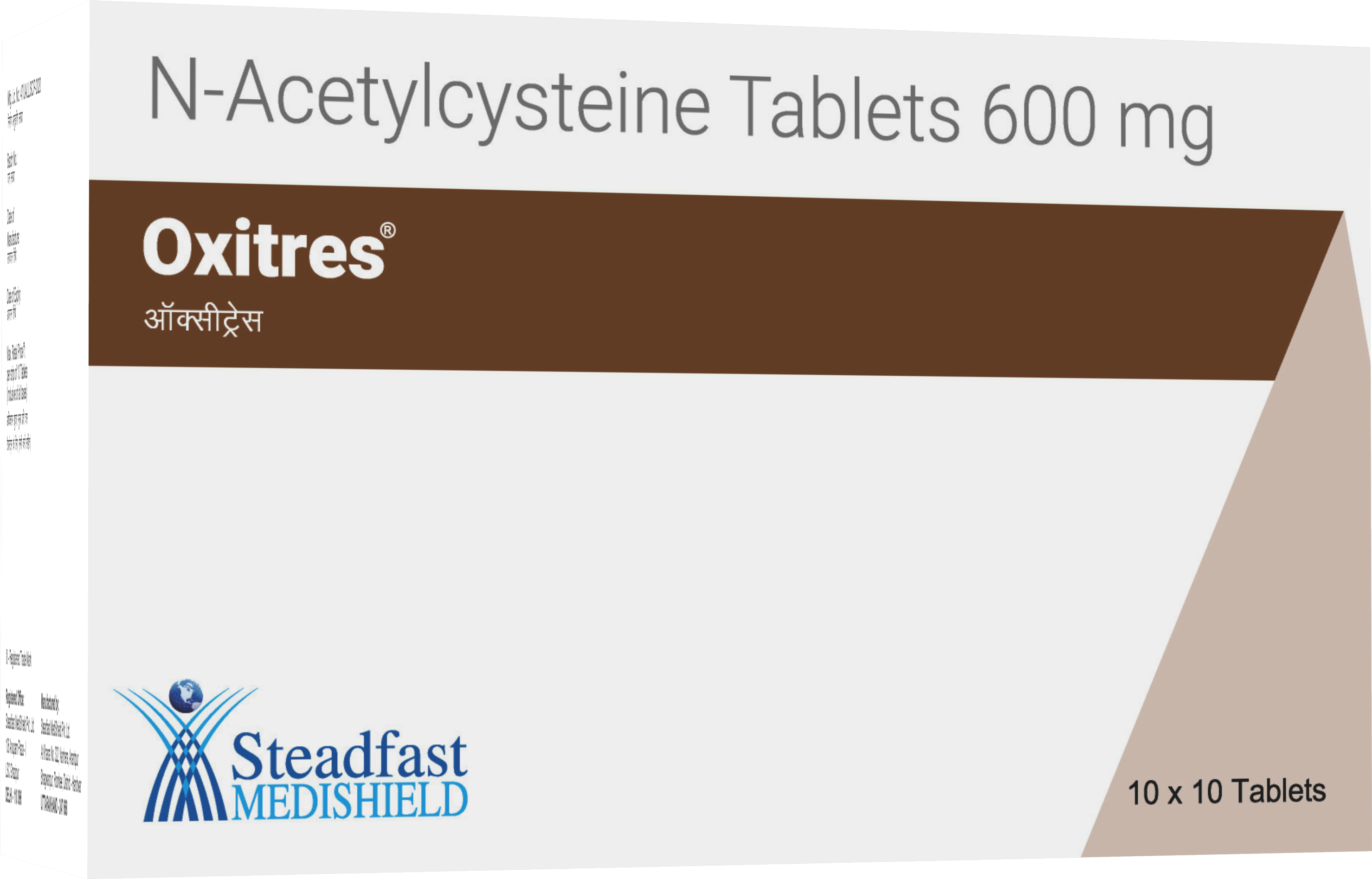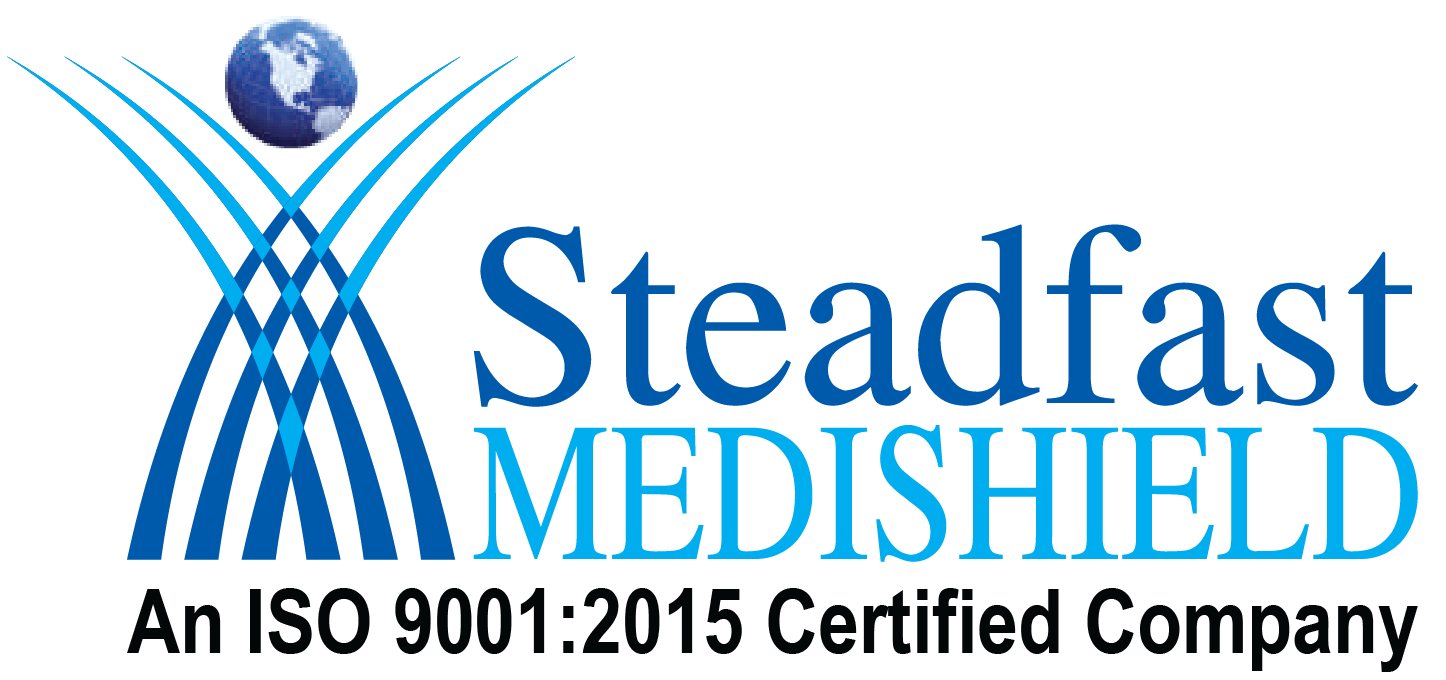
Description
Oxitres is the acetylated derivative of the amino acid L-cysteine. Acetylcysteine is the precursor to glutathione, one of the body’s most powerful antioxidants which prevents cellular damage. It prevents accumulation of free radicals inside our cells. N-acetyl cysteine provides the cysteine component for the production of glutathione in the body’s cells to protect cells and organs and to help regulate immune response.
Pharmacokinetics
NAC is a sulfhydryl-containing compound, rapidly absorbed into various tissues following an oral dose, deacetylated and metabolized in the intestines as well as liver and its metabolites incorporated into proteins and peptides. Peak plasma levels of NAC occur approximately one hour after an oral dose; at 12 hours post-dose it is undetectable in plasma. Despite a relatively low bioavailability of only 4-10 percent, oral administration of NAC appears to be clinically effective. The biological activity of NAC is attributed to its sulfhydryl group, while its acetyl substituted amino group affords it protection against oxidative and metabolic processes. NAC administration is an effective method of increasing plasma glutathione (GSH) levels, as incorporation of cysteine into GSH appears to be the rate-limiting step in GSH synthesis.
Mode of Action
NAC acts as an antioxidant by direct action against reactive oxygen species or by improving the body’s natural antioxidant availability of glutathione. Glutathione detoxifies chemicals, regulates cell proliferation, stores and transports cysteine and regulates the immune response.
Uses of N-Acetylcysteine
Acute Kidney Failure: Radio contrast agents are given to patients before medical imaging to enhance image clarity or to highlight a specific organ or other internal structure.
Patients with kidney disease are at increased risk of acute kidney failure; sometimes connected with this procedure, a condition called radiocontrast nephropathy. N-acetyl-cysteine decreases the risk of radiocontrast nephropathy in people with chronic kidney disease.
Protects the Heart: NAC helps improve the blood vessel function in people suffering from high blood pressure and diabetes, and thus preventing cardiovascular complications.
Protect the Kidneys: Kidney damage in diabetes can be prevented attenuated by supplementation with NAC.
Composition
Each tablet contains N-Acetylcysteine USP 600 mg.
Indications
NAC is mainly indicated in:
- IV iron administration as Oxidative stress occurs rapidly with infusion of intravenous iron sucrose in patients with CKD.
- Peritoneal Dialysis as the reactive oxygen species (ROS) generated by conventional PD solution (PDS) mediate functional and structural alterations of peritoneal membrane causing peritoneal fibrosis.
- Hemodialysis as patients show an increase in generation of ROS during the process and NAC normalizes plasma homocysteine concentration. Patients with chronic renal failure, diabetes mellitus and heart failure have impaired nitric oxide activity, which could account for their susceptibility to develop contrast media nephrotoxicity (CIN). Treatment with NAC before and after coronary angiography had a protective effect against contrast media-induced nephrotoxicity in patients with chronic renal failure.
- N-Acetylcysteine (OXITRES) acts as an antioxidant as well as a renoprotective agent at the same time.
Side Effects and Toxicity
NAC is generally safe and well tolerated even at high doses. The most common side effects associated with high oral doses are nausea, vomiting and other gastrointestinal disturbances. Therefore, oral administration is contraindicated in persons with active peptic ulcer. Infrequently, anaphylactic reactions due to histamine release occurs and can consist of rash, pruritis, angioedema, bronchospasm, tachycardia and changes in blood pressure.
Pregnancy
Studies in pregnant women are inadequate. Therefore, NAC should be used with caution during pregnancy and only if clearly indicated.
Dosage
The typical oral dose for NAC:
- Hemodialysis – 600 mg a Day to 600 mg BID
- Peritoneal Dialysis – 1200 mg BID
- IV Iron Administration – 600 mg BID 10 Days Prior to Therapy
- Angiographic Procedures – 600-1200 mg for 3 days from minus 1 day of Catheterization
Presentation
10 tablets packed in a strip, 10 such strips packed in a carton
